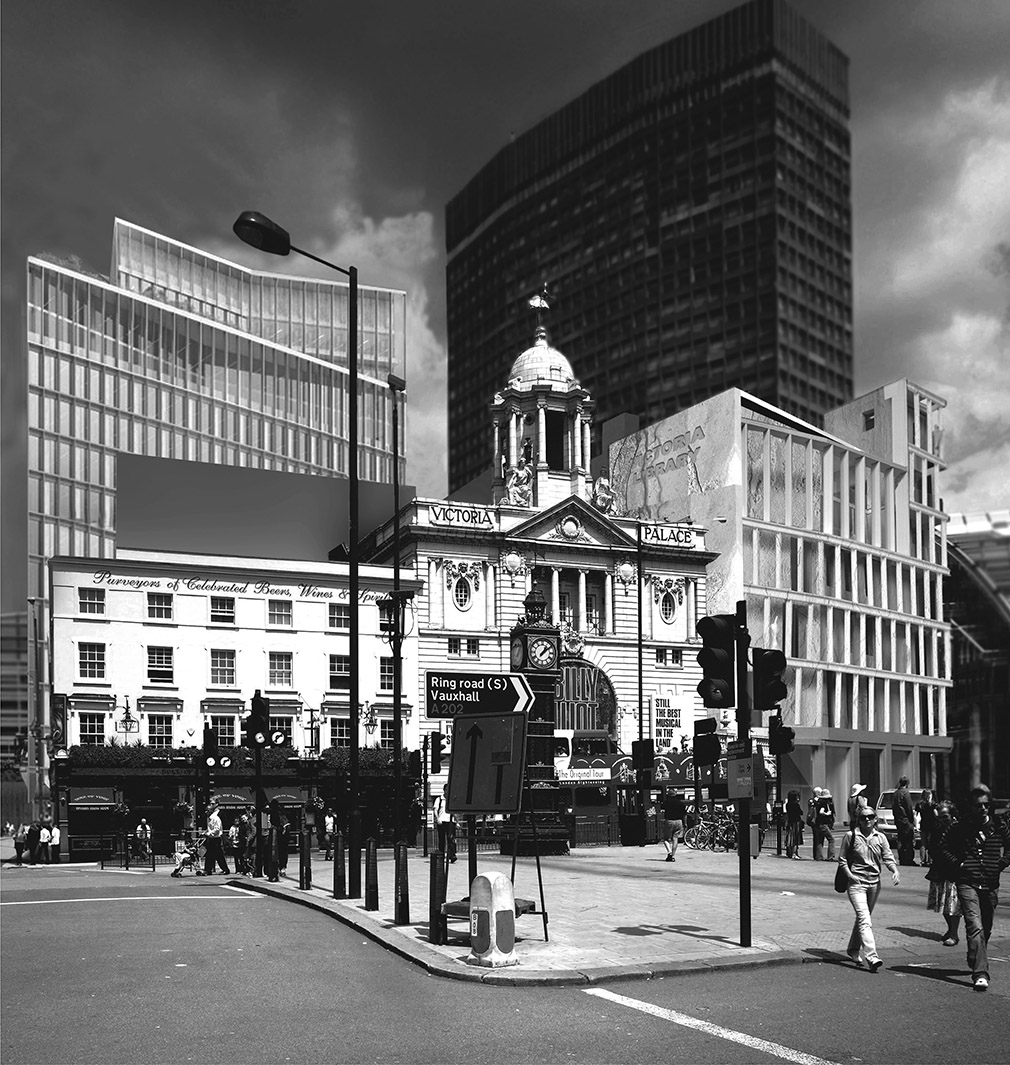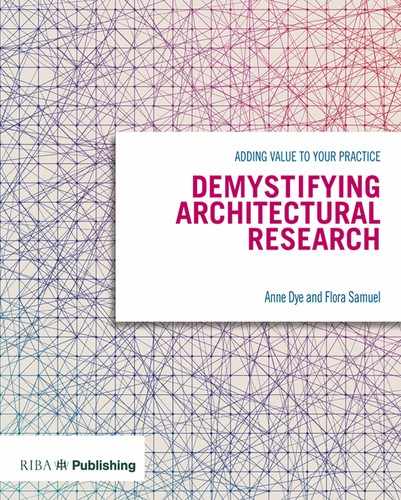Chapter 18
Sculpture and Architecture in the Modern City
CONTRIBUTOR PROFILE: PATRICK LYNCH
After studying architecture at Liverpool University (1987–93) Patrick Lynch gained a MPhil degree in the History and Philosophy of Architecture at Cambridge University (1996). He subsequently gained a PhD at the Cass School of Architecture (2014) – while also teaching and working as an architect in London – developing his research into the relationships between sculpture, architecture, festivals and cities.
As both a practising architect and a scholar I seek understanding, knowledge and a philosophical foundation for my imaginative work. The scale of projects that we are now undertaking at Victoria Street in central London entails the creation of some major public spaces, and the role of art and landscape design in these spaces cannot be underestimated. Understanding their role, and the role of architecture in this dialogue, is my aim.
Practice profile: Lynch Architects
Founded by Patrick Lynch in 1997, Lynch Architects is a large–medium practice of 22, based in London. The practice works on a range of projects, from one-off residential to large commercial mixed-use developments in the City of London.
The practice consciously engages in research in order to clarify their thoughts about the opportunities that they encounter as architects, and in order to try to understand the ethical, philosophical and artistic consequences of intuitive and practical responses to specific situations. Their research grounds practicality in cultural knowledge, offering an orientation and acting as a framework of references and experiences. Research develops as a by-product of Patrick’s teaching work, and he views it as a necessary part of his personal development as curious human being and an architect.
Context
Our client for the Victoria Street project is Land Securities, whose estate encompasses almost the entire street, and whose ambition is to create ‘a new city quarter’. The project includes the creation of a number of public spaces and gardens, as well as four new buildings designed by us, and half a dozen large projects by other architects. An ad hoc master plan has evolved over the past eight years of our involvement with the project, and our buildings address relationships between key civic institutions – such as Westminster Cathedral, City Hall and Victoria Station – emphasising their roles as part of a renewed high street.
The historic importance of our site compels us to create architecture of decorum, the precise nature of which is the subject of my research.

View of the new Victoria Library from Victoria Station
Approach
Philosophy
While at Cambridge, I studied the influence of Baroque festivals on the design of urban spaces, particularly the role of the Zwinger in Dresden. The role of nature, myth, history and tradition is clear in Renaissance culture, and my subsequent research at the Cass has shown that these topics remain relevant to contemporary praxis, and continue to influence modern architecture and sculpture. I continue to investigate the potency and meaning of these themes in hermeneutic terms, both in deepening my philosophical understanding of the relationship between art, theatricality and cities, and in practical terms as buildings that incorporate art as ornament. My work as an architect emphasises the vital role that art plays in the communicative aspect of civic space.
My approach is twofold. There is interpretation (hermeneutics), which builds on the writings of Plato and Aristotle concerning terms such as poetics and mimesis, practical wisdom and ethics, and seeks continuity of these themes in modern culture. Then there is direct engagement with buildings via participation in events (phenomenology). Both are of course influenced by twentieth-century ‘practical philosophy’, and in particular I have emphasised the vital contribution of Hans-Georg Gadamer (Truth and Method,1 The Relevance of the Beautiful,2 Reason in the Age of Science,3 etc.). I have also been influenced by the work of my teachers Peter Carl, Dalibor Vesely and Joseph Rykwert.
Methods
My work is a critique of the pseudo-scientific methods that architects attempt to appropriate from the social and natural sciences, and of art historical criticism that disengages aesthetics from praxis.
I have worked in a practical and imaginative way with artist collaborators, in creative dialogue about the limits and possibilities of public art commissions. Based on historical examples – knowledge of which I gained via research and travel, collating it in drawings and written interpretations – we have discussed the traditional roles of nature, ornament, wealth and civic pride in artist–architect collaborations, as well as the importance of recent terms such as economic, ecology and technology in the renewal of civic collaboration.
Our designs have been tested in public forums (including public meetings and consultations with individuals and local residents’ groups), in exhibitions and furthermore in dialogue with Westminster Public Art Panel and specialists within the Westminster planning department. The research has involved a certain number of interviews with architects and artists, including Rafael Moneo and the family of Eduardo Chillida.
Insights and Impact
Through the research I discovered that not only was art of the past made for practical and poetic reasons, but also that this tradition continued even in late twentieth-century buildings which are otherwise considered aniconic, such as St Peter’s Church at Klippan by Sigurd Lewerentz. As well as exhibiting aspects of my work in Venice, we also disseminated parts in an exhibition catalogue, Civic Architecture: The Facades, Courts and Passages of Westminster,4 at the Building Centre. The work will be published in two further books this year.
Our ability to articulate what we think is at stake in the urban situations that we encounter has been of enormous benefit in speeding up the planning process for our client; the creation of a decent civic realm on Victoria Street has not only secured excellent tenants for our clients, but has also enabled the planning department to articulate its aims as policy.
By identifying the traditional role of architecture as a setting for sculpture – not as sculpture per se – and in emphasising the role that nature plays in ornament, we have been able to unite contemporary thinking about sustainability with urban design, both theoretically and practically. This has led to new commissions on problematic sites that exhibit what I can now see is typical twentieth-century thinking about the city in terms of zoning, technology and so on.
Lessons
We are now able to articulate better not only the problems that we are encountering as architects at the moment, but also to see that these problems are cultural ones resulting from a particular theoretical position, i.e. technology-based modern architecture and urban design. We are able then – being equipped also with knowledge of historical practice – to approach other urban sites and projects as typical urban problems. We will continue to further our knowledge and deepen our experience in the field.
